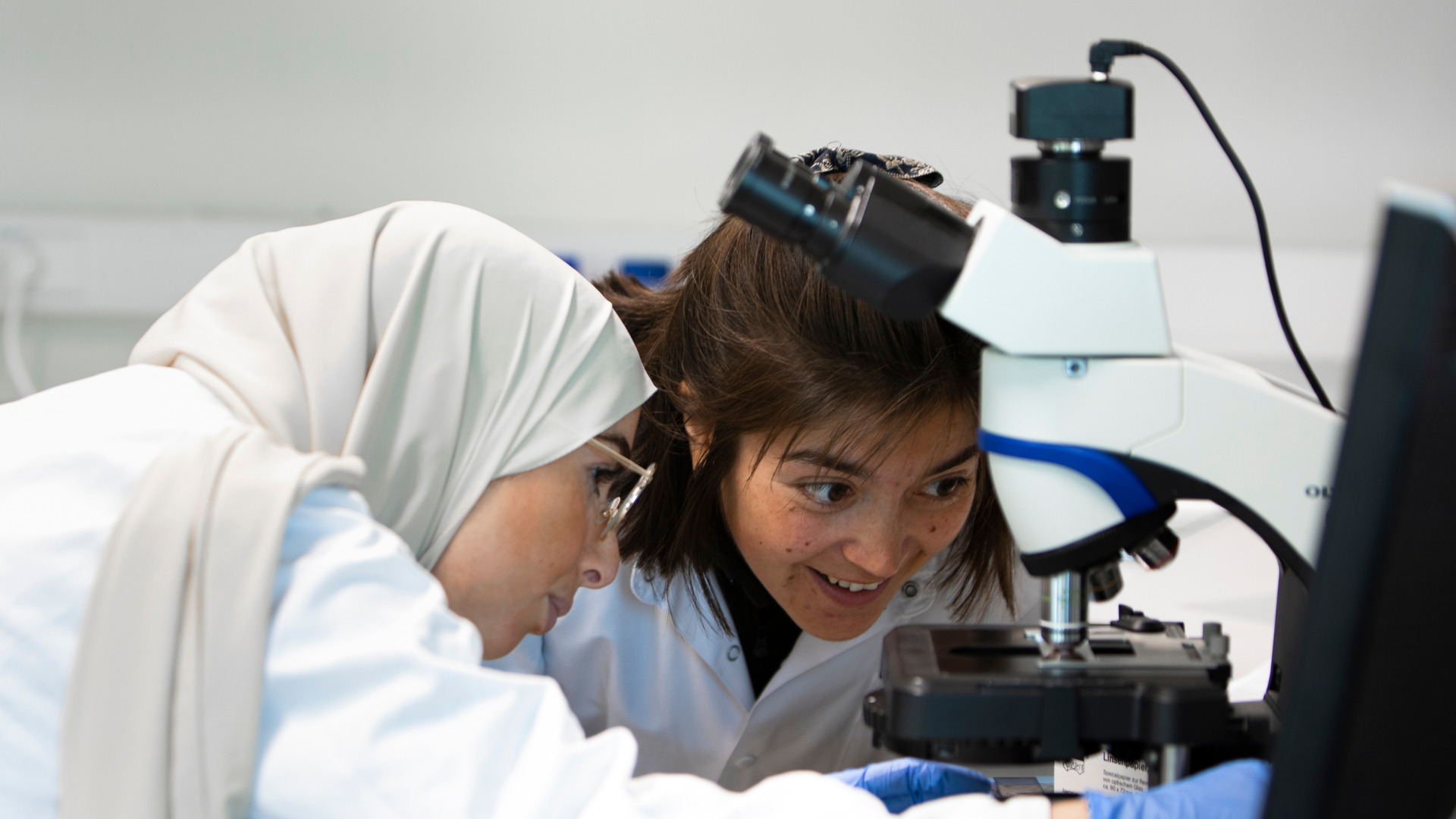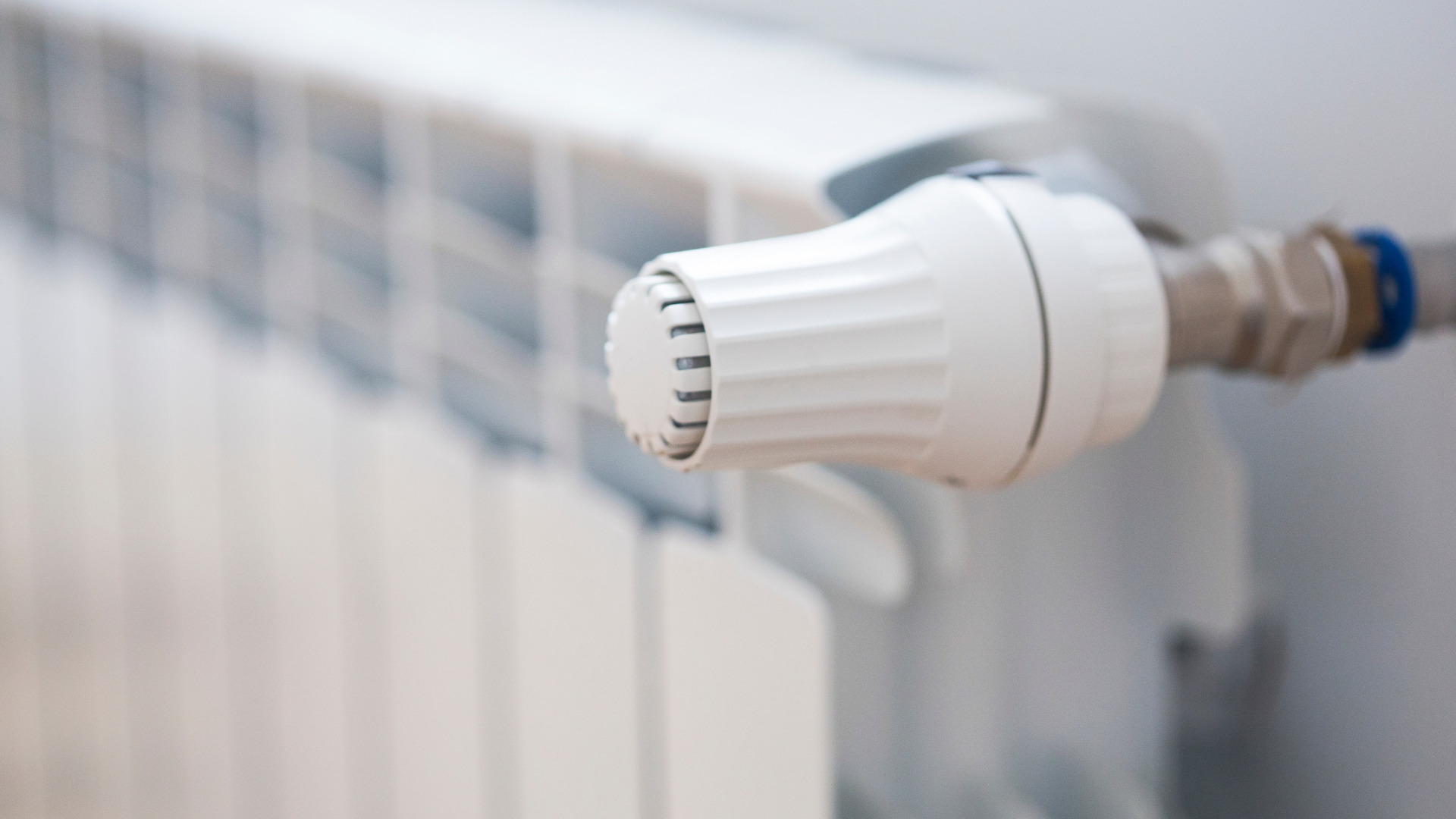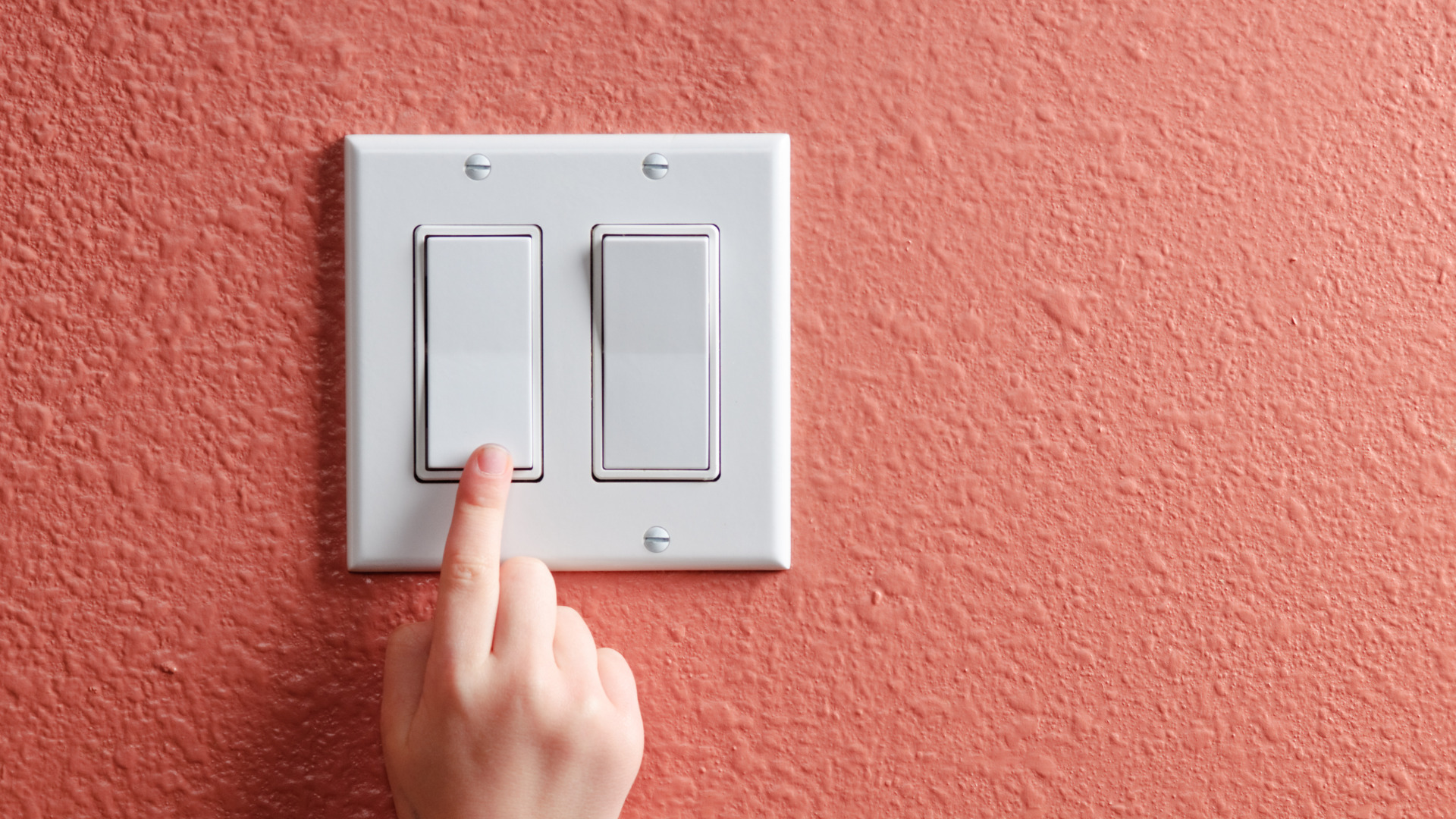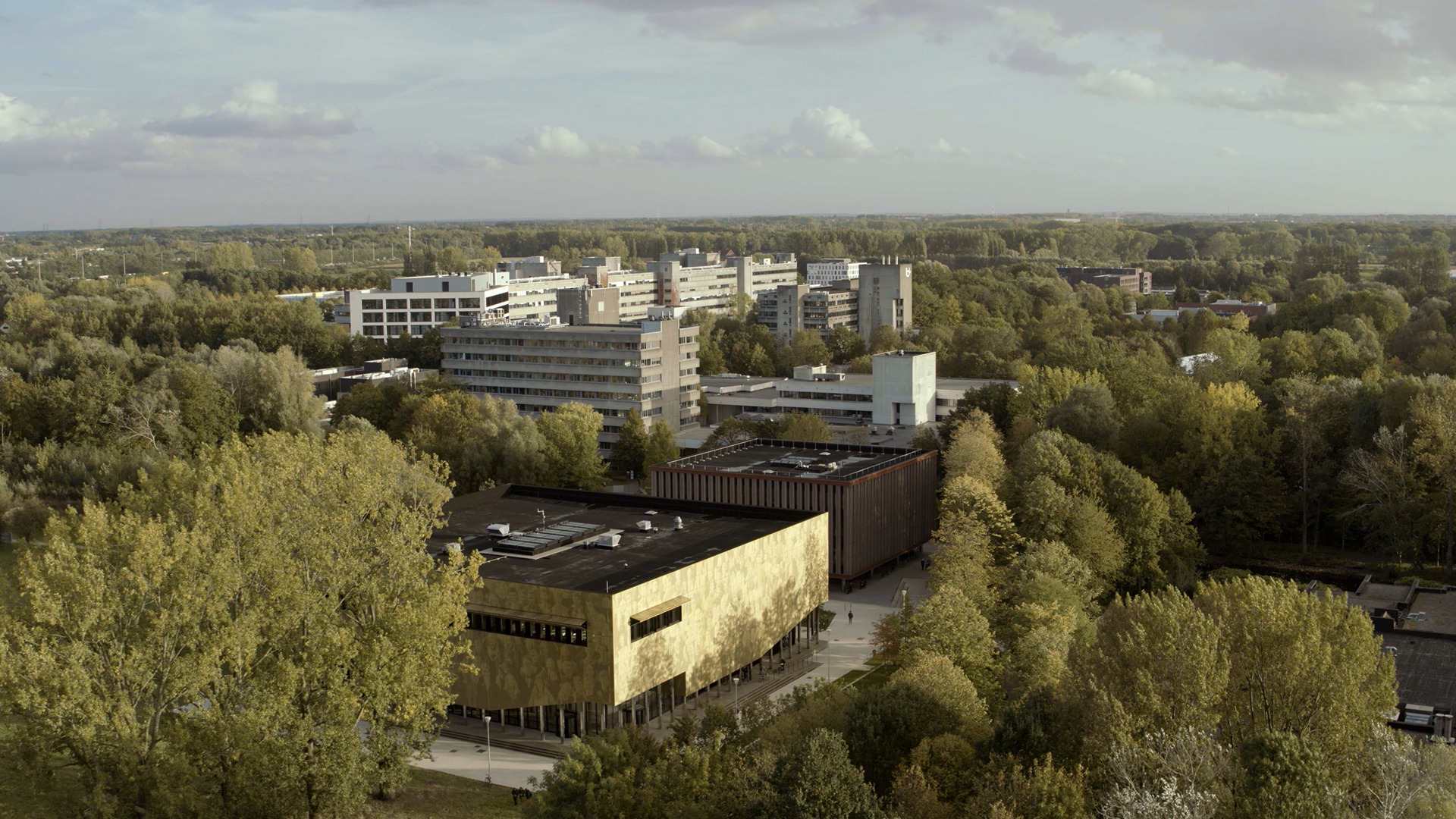Energy prices are soaring and this also affects our university. A few figures to illustrate: Altogether Campus Drie Eiken, Stadscampus and Campus Groenenborger annually consume more than 40 gigawatt hours of gas and electricity. That’s enough to power two small villages or 2,400 households. This obviously has a huge impact on the environment. How can we keep paying for all that, and most importantly, how can we reduce our energy consumption?
Energy accounting
‘It is important to first and foremost look at which places consume a lot’, Carla Uwents of the Environment Office believes. ‘Around ten years ago, there was just one meter for gas, electricity and water per campus and it was impossible to break down consumption by faculty, service, group or department. Now we can break down consumption much better. Currently, each building has a meter and we see that energy consumption is very high in research laboratories partly because labs need ventilation. This isn’t very surprising. For this type of research, appliances and infrastructure that consume a lot of energy are needed for safety reasons. That being said, we could be more efficient.’
‘The focus is on four areas of the university’s real estate: space, optimising building physics (with high-performance building envelopes), water management and building in a nature-friendly way, and last but not least: energy transition.
Seda Malef, deputy head of the Infrastructure Department
‘We are now able to keep detailed energy accounts, so we know how much each building consumes’, Seda Malef, deputy head of the Infrastructure Department, says. ‘Our intention is to refine this system further, in order to also better organise the use of space. This will allow faculties to get a better picture of their energy footprint. By raising awareness we can start looking for solutions together.’
More sustainable patrimony
‘Not only do we now keep detailed energy accounts, we are also engaged in large-scale sustainability efforts at our university’, Seda continues. ‘Climate change and rising energy prices have forced us to take action. We must build in a climate-robust and climate-adaptive way as we aim to be completely climate-neutral and fossil-free by 2050. Those ambitious but necessary goals are at the heart of the university’s climate strategy.’

‘In particular, the focus is on four areas of the university’s real estate: space, optimising building physics (with high-performance building envelopes), water management and building in a nature-friendly way, and last but not least: energy transition. We want to switch from using fossil fuels to using renewable and carbon neutral energy sources such as solar, wind and water power. There are several options to facilitate an energy transition, such as constructing heat networks, borehole thermal energy storage (BTES) systems or installing solar panels.’
Heat networks
A residual heat network is an energy source that uses residual heat, for example from factories or incinerators, to heat buildings. It’s very environmentally friendly and carbon neutral. ‘Our university has already started a number of collaborations for this purpose’, Seda reveals. ‘For example, a collaboration with the City of Antwerp is underway to possibly connect the Stadscampus to a residual heat network with energy supplied by the Port of Antwerp. There are similar talks with the ISVAG incinerator to supply the outer campuses with heat. A Chair for Heat Networks was established in September, in collaboration with the City of Antwerp and Fluvius, under the auspices of professor Ivan Verhaert.’
BTES systems
Another way to sustainably heat university buildings is through BTES systems. BTES stands for Borehole Energy Thermal Storage. A BTES system can be used for heating in winter and cooling in summer. ‘Through a closed circuit of fine pipes filled with water running through the subsoil, the water becomes cooler in summer due to the temperature of the subsoil’, Seda says. ‘The chilled water can provide cooling for a building, which certain university buildings require due to their extensive lab infrastructure. In winter, the water in the pipes is heated by the subsoil and brought to a higher temperature with a heat pump for space heating. It’s a win-win situation for energy bills as well as the climate. Buildings O and M on Campus Drie Eiken, and building Z on Campus Groenenborger are already heated with a BTES system.’

High-performance building envelopes
Besides this energy transition, the university is also firmly engaged in creating high-performance ‘building envelopes’ of its campuses: ‘This means that we pay a lot of attention to the roof and wall insulation and to the external joinery, and we avoid thermal bridges’, Seda says. ‘Much of our heritage dates back to the 1970s, so there is still some work to be done there. Unfortunately it costs a lot of money to make old buildings more sustainable, which is why priorities were set in the sustainability plan. Our ambition for the future is to build in a climate-robust way. Building V on Campus Groenenborger is a good example of this. There we’ve started to make the building envelope more sustainable. We want to continue doing that in the future.’
All together
‘Increasing the sustainability of the entire patrimony was on the university’s agenda for a while, but due to rising energy prices, it suddenly became very important and urgent to reduce our energy bill now. ‘We all have to help make that happen, now more than ever: every little change makes a difference’, Carla adds. ‘Therefore, some short-term energy measures are needed to achieve quick results: paying more attention to efficiently timing heating and lighting in rooms, purchasing only the most energy-efficient appliances, etc. These are good housekeeping techniques, where you need proper motivation to receive an exception.’
‘We are now able to keep detailed energy accounts, so we know how much each building consumes. Our intention is to refine this system further, in order to also better organise the use of space.’
Seda Malef, deputy head of the Infrastructure Department
The Executive Board has followed the federal government’s advice to reduce the default temperature to 19°C wherever possible. ‘Just like other employers, we have very diverse buildings. Therefore it will take some time to fine-tune this adjustment’, Carla says. ‘An overview of standard hours and default temperatures and the application for exceptions can be found on the Environment Office’s Pintra page.
Our 6000 colleagues and 22 000 students notice far more than just the members of staff of relevant departments. It would be nice if sustainability issues such as energy become a regular agenda item at team meetings, and that constructive ideas then flow through to the Environment Office or Technical Services. So if you see a leak or have a good suggestion on how to structurally improve a situation, be sure to pass it on by using the Infrastructure report button found on Pintra. But above all: be proactive and close that window or turn off the lights if you are the last to leave.’
Green Impact
‘I am very happy to put a spotlight on the Green Impact initiative’, Carla says. ‘Green Impact is a global initiative of Students Organising for Sustainability International (SOS International). The aim is to encourage people to work towards greater sustainability within their own organisations. In 2020, our university participated for the first time. As a member of staff, you can form a group with your colleagues. Students can unite with like-minded fellow students. An online toolkit allows you to choose from a large number of easily achievable actions. GreenOffice reworked the existing offer into its own version that is in line with our climate strategy.’
‘Actions range from simple things like using a water bottle or being zero waste for a week to broader initiatives such as having fruit from the organic farmer delivered to the office or providing vegetarian catering on study days. For each completed action, your team earns points, at the end of which they can win a gold, silver or bronze medal.

Green Guides
The university’s Environment Office has created two ‘Green Guides’, one for labs and one for offices with numerous tips & tricks to easily save on energy. Here is a list of a few tips under the motto of ‘a little repetition won’t hurt’. If you have any suggestions or thoughts, please get in touch with Green Impact or milieudienst@uantwerpen.be, so they might be added to a future edition.
Tips for offices
- Consider energy costs when buying new equipment. Choose energy efficient appliances. Make use of our university’s framework agreements, which already include ecological selection criteria.
- Consider whether the purchase of a new product is necessary. Can it be repaired?
- Use the central printers and copiers.
- Turn off devices when not in use. Enable power management settings on computers and put them in sleep mode after 20 minutes of inactivity.
- Switch off lights, computers and other devices when the last person leaves the building.
- Close windows after 5 minutes of ventilation, and always when you leave the room. If your building is equipped with an HVAC system, it is important to keep windows closed to keep the temperature in your work space comfortable.
- Use a kettle to make tea. That uses less energy than a microwave. And heat only the amount of water you need.
- Check refrigerators and freezers in the office environment and remove unnecessary materials. Make sure each fridge and freezer is defrosted regularly.
- It is forbidden to bring your own small appliances from home (e.g. coffee makers). They do not meet University of Antwerp safety requirements and are often not energy efficient.
- Inform the Infrastructure Department of rusty or bubbling radiators.
Tips for labs
- Consider energy costs when writing a research proposal.
- Switch off equipment off when not in use. Activate power management settings on computers and put them into sleep mode after 20 minutes of inactivity.
- Close the sash (sliding window) of fume cupboard. Laboratory ventilation systems can account for almost half of all energy used in a laboratory. A single fume cupboard can consume as much energy as 3.5 households.
- Switch biosafety cabinets off when not in use.
- Adjusting the temperature of freezers from -80°C to -70°C can result in energy savings of 30–40% and extends their lifespan. Check, defrost and clean freezers at least twice a year.
- Choose the right size incubator, steriliser, freezer or oven to store and handle samples. Using an oversized appliance consumes significantly more energy. Consider sharing equipment and space within the lab or between labs.
- When the HVAC system is on, keep the windows closed to keep the temperature your work space comfortable.
- It is forbidden to bring your own small appliances from home (e.g. coffee makers), since they are often not energy efficient and do not meet the university’s safety requirements.
- Single-pass cooling wastes a lot of water and is prohibited. Consider running a recirculation loop through a cold water bath.
- Use sterilisers efficiently. Consolidate loads whenever possible and do not run devices to sterilise a single box of pipette tips.


